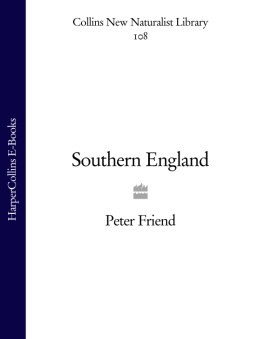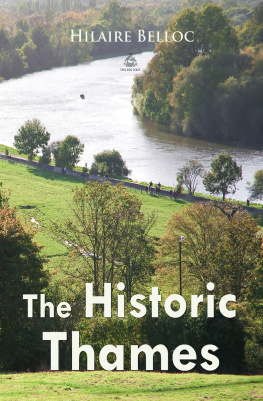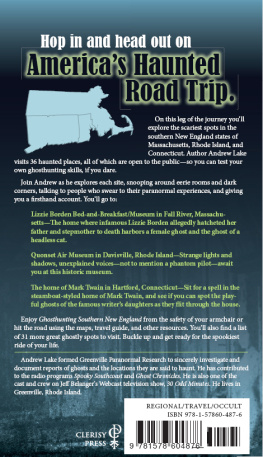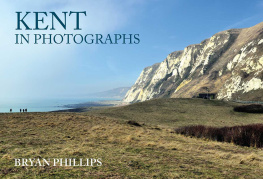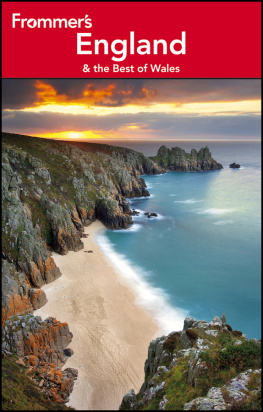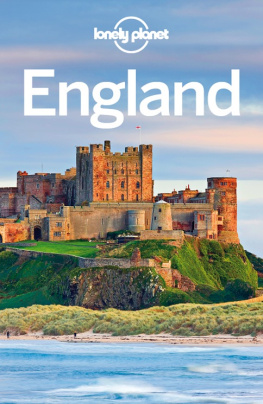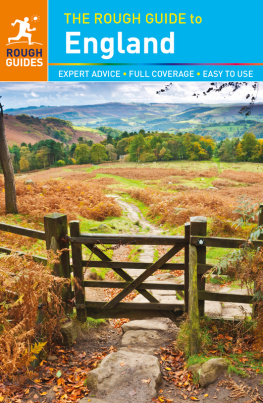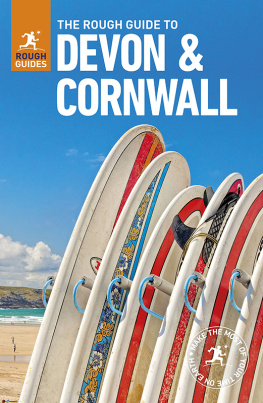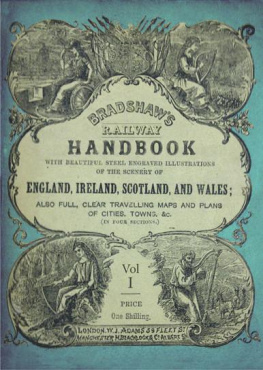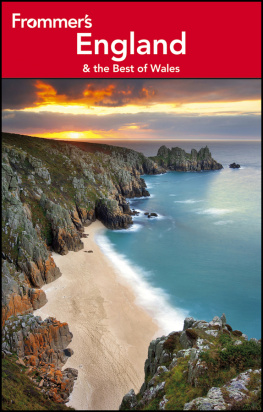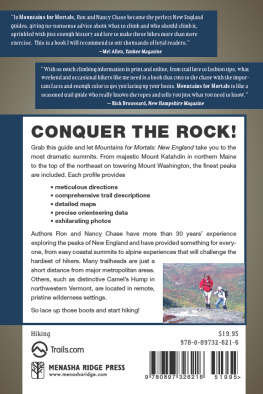SARAH A. CORBET, ScD
PROF. RICHARD WEST, ScD, FRS, FGS
DAVID STREETER, MBE, FIBIOL
JIM FLEGG, OBE, FIHORT
PROF. JONATHAN SILVERTOWN
The aim of this series is to interest the general reader in the wildlife of Britain by recapturing the enquiring spirit of the old naturalists.
The editors believe that the natural pride of the British public in the native flora and fauna, to which must be added concern for their conservation, is best fostered by maintaining a high standard of accuracy combined with clarity of exposition in presenting the results of modern scientific research.
L. DUDLEY STAMPS Britains Structure and Scenery was one if the earliest books of The New Naturalist Library, published in 1946. Repeated . later editions in the period to 1986 testified to the success of his approach towards providing a geological framework for understanding Britains landscapes and natural history. He began his account in these words: The wealth of a countrys fauna and fauna and flora is not to be measured by numbers of species alone. Its wealth lies rather in variety, and to a naturalist in the British Isles, the fascination of the native fauna and flora is in the great variety to be found in a small space. This variety has its foundation in the underlying geology and the landscapes which are derived from the geology, as Dudley Stamp described so well. For some time, it has been the ambition of the Editors to approach this subject again, since our understanding of the geology and associated landscape evolution has increased so very significantly in the last few decades. The author, Peter Friend, has had long experience of active field research in geology and landscape in many parts of the world, as well as having an intimate knowledge of the subject in the British Isles. He has been able to take full advantage of modern developments in computer mapping and colour printing, making it possible to present the subject in a novel fashion, with great clarity, following the New Naturalist tradition emphasising the importance of illustration. The individual treatment of regions and areas of Southern England brings to the fore the significance of geology and landscape for naturalists who have local or wider interests at heart, giving a necessary basis for relating biodiversity to geodiversity. These two aspects of natural history have come to be seen to be widely significant in understanding plant and animal distribution as well as the problems of conservation. The book is therefore a very ti mely addition to the New Naturalist Library.
T HE PHOTOGRAPHS and other illustrations that form such a key part of this book have come from many sources, and I am grateful to the following organisations and individuals for kindly allowing me to use their material:
Aerofilms (Figs 133, 232, 249, 252, 256, 258, 259, 261, 270, 280, 309, 312)
British Geological Survey (Figs 152, 284)
Cambridge News (Fig. 233)
Cambridge University Collection of Air Photographs (Figs 25, 118, 120, 243, 253, 282, 300, 310)
Cassini Publishing (Figs 26, 27)
Sylvia Cordaiy Photo Library (Fig. 141)
Robert Harding Picture Library (Fig. 313)
English Heritage (Figs 83, 308)
Landform Slides Ken Gardner (Figs 17, 18, 43, 55, 70, 75, 76, 85, 88, 104, 161, 162, 165, 195)
Landform Slides John L. Roberts (Fig. 69)
Last Refuge Ltd Adrian Warren, Dae Sasitorn and Will Brett (Figs 41, 42, 46, 47, 53, 54, 56, 58, 60, 62, 63, 67, 68, 71, 72, 73, 74, 82, 86, 89, 90, 91, 101, 102, 103, 108, 110, 111, 112, 119, 121, 122, 125, 130, 132, 134, 135, 142, 144, 146, 148, 158, 163, 164, 169, 171, 175, 176, 185, 191, 192, 193, 194, 196, 216, 217, 218, 219, 220, 222, 254)
London Aerial Photo Library (Figs 23, 199, 205, 207, 235, 257, 277, 297, 298, 303, 314)
Norfolk Museums and Archaeology Service Nick Arber (Fig. 16)
Norfolk Museums and Archaeology Service Derek A. Edwards (Figs 1, 287, 293, 301, 302, 306, 307, 315)
Network Rail (Fig. 145)
Peter Oliver, Herefordshire and Worcestershire Heritage Trust (Fig. 172)
Mike Page (Fig. 311)
Science Photo Library (Fig. 2)
Sedgwick Museum, Cambridge (Fig. 239)
R. C. Selley Petravin Press (Fig. 202)
Sheila Smart (Fig. 131)
Suffolk County Council (Fig. 255)
Victoria & Albert Museum (Fig. 250)
Illustrations that do not have a source credited in the caption are my own work, or that of the team working with me at the Department of Earth Sciences in Cambridge.
M OST PEOPLE ENJOY SCENERY. In my case, an enthusiasm for exploring the countryside was learnt early on from my parents, and my career as a geologist has since allowed me to explore landscapes from the Arctic to tropical deserts and jungles. My hope is that this book will help more people to enjoy the countryside by bringing together some of the exciting recent discoveries about our Earth.
Landscapes are easy to look at, but difficult to describe in words. Recent developments in computer technology offer powerful ways of analysing and presenting landscapes using maps, diagrams and photographs, and it is this imagery that forms the core of this book. Developing the imagery has been the main role of a succession of enthusiastic helpers. Lucinda Edes, Emilie Galley, Liesbeth Renders and Helena Warrington brought their skills and enthusiasm to the early days of the project, working out what could be done best. James Sample has more recently further developed the methods of presentation, and has played a key role in bringing this project to fruition. All have helped to make the project enjoyable as well as productive.
The home for this project has been the Department of Earth Sciences at the University of Cambridge. I walked into the Department as a first-year undergraduate more than 50 years ago and, apart from a period in the Scott Polar Research Institute, I have been based here ever since. I have been teaching and exploring the scenery and geology of many parts of the world, including multiple visits to Spitsbergen, Greenland, Spain, India and Pakistan. This has been an exciting period to be working in geology, particularly in Cambridge, because many key advances have been achieved by the people working here. Apart from the great benefit of being part of this research environment, I have enjoyed the support of six successive Heads of Department and many other colleagues, especially our administrator Margaret Johnston and her team. It has been invaluable to have access to the excellent library run by Ruth Banger and Libby Tilley, and the patient computer support of Jun Aizawa, Aidan Foster, Pete Hill and Pete Wilkins.
I would also like to acknowledge my debt to the Cambridge college system, particularly my own college, Darwin. The College has provided me with the congenial friendship of many people from diverse backgrounds, and their skills have helped me to remain a generalist in my interests.
Any work of this sort on the British Isles owes a fundamental debt to the British Geological Survey (BGS), now based at Keyworth near Nottingham. The numerous Survey maps and reports on this country provide a remarkable source of carefully observed and objective information. The BGS has also readily provided advice and discussion of this project, and helped to determine the sort of coverage and level that would be best.
Many other people have made important contributions by providing ideas and information. These include: John R. L. Allen, Julian Andrews, Muriel Arber, Steve Boreham, Becky Briant, Keith Clayton, Tony Cox, Alan Dawn, Colin Forbes, Brian Funnell, Phillip Gibbard, Steve Jones, Gerald Lucy, Dan Mackenzie, Bob Markham, Charles Notcutt, Bernard OConnor, Richard Preece, Graham Ward and Richard West.
This book is dedicated to the

